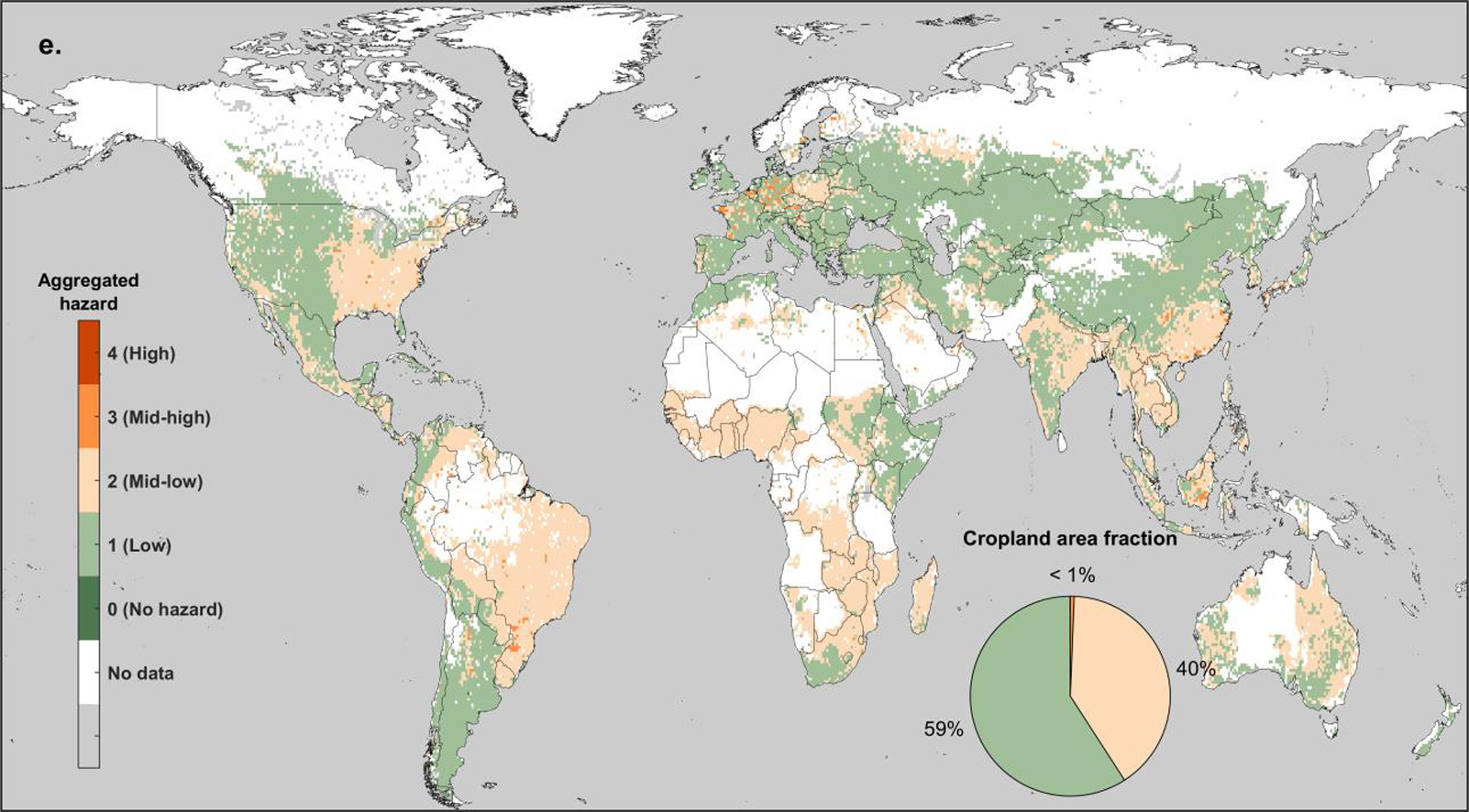First map shows global hotspots of glyphosate contamination

Published: April 1, 2020
Category: The Organic & Non-GMO Report Newsletter, Pesticide Hazards
Agricultural scientists and engineers have produced the world’s first map detailing global “hot spots” of soil contaminated with glyphosate, a herbicide widely known as Roundup.
The map is published as the world’s eyes fall on glyphosate and concerns about its potential impact on environmental and human health. Last year in the U.S. the owner of Roundup, Monstanto (now owned by Bayer), was ordered to pay $2 billion to a couple who said they contracted cancer from the weedkiller, the third case the company had lost.
This year, Australia is emerging as the next legal battleground over whether the herbicide causes cancer with a class action suit being prepared for the Federal Court.
“The scientific jury is still out on whether the chemical glyphosate is a health risk,” said Professor Alex McBratney, director of the Sydney Institute of Agriculture at the University of Sydney. “But we should apply the precautionary principle when it comes to the health risks.
“And even if no evidence emerges about these risks, it is time for the agriculture industry to diversify our herbicides away from relying on a single chemical.”
The map and associated study have been published in the journal Science of the Total Environment.
Associate Professor and lead author of the paper Federico Maggi said: “Glyphosate is a ubiquitous environmental contaminant. About 36 million square kilometers (13.8 million square miles) are treated with 600 to 750 thousand tons every year—and residues are found even in remote areas.”
Maggi said that contamination is pervasive globally, but is highest in South America, Europe and East and South Asia.
Professor McBratney said aside from the risks to human health, it is poor long-term agriculture policy to rely on glyphosate as an herbicide.
“Weeds are genetically adapting and building resistance to glyphosate,” he said. “In these times of increasing food demand, relying on a single molecule to sustain the world’s baseload crop production puts us in a very precarious position. We urgently need to find alternatives to glyphosate to control weeds in agriculture.”
Source: University of Sydney
To view source article, visit:




